Fire doors play a crucial role in ensuring the safety of a building’s occupants during a fire emergency. However, their effectiveness relies heavily on regular inspections and maintenance. Here, we explore the importance of inspecting fire doors, delve into what inspection schemes recommend, discuss who you can trust for this critical task, and outline the key elements of an effective inspection service.
Why inspect fire doors regularly?
Fire doors are a fundamental element of a building’s passive fire protection system. They are designed to contain the spread of fire and smoke, providing a safe escape route for occupants whilst minimising property damage. Regular inspections are essential to ensure that fire doors function as intended at the critical moment.
Over time, wear and tear, environmental factors, and changes in building usage can impact the performance of fire doors. Regular inspections help identify issues such as misaligned hinges, damaged seals, or worn-out components that could compromise the door’s ability to withstand fire.
What do the inspection schemes say?
Several inspection schemes and standards provide guidelines on the frequency and procedures for inspecting fire doors. For instance, the UK Regulatory Reform (Fire Safety) Order 2005, places the responsibility on the building owner or Responsible Person to ensure that fire safety measures, including fire doors, are properly maintained.
In residential buildings, Regulation 10 requires that if the top storey of the building is above 11m in height (usually a building of more than four storeys) the Responsible Person must:
- use best endeavours to check all flat entrance fire doors at least every 12 months
- carry out checks of any fire doors in communal areas at least every 3 months
For all buildings, including commercial and industrial, the British Standard BS 9999 offers recommendations for fire door inspection intervals, suggesting that inspections should be carried out at least every six months for common property doors and every 12 months for sole occupancy doors. However, more frequent inspections may be necessary in high-traffic areas, buildings with specific risks, and newly occupied buildings during their first year of use.
Who can you trust to carry out an inspection?
Given the critical nature of fire door inspections, it’s vital to entrust this responsibility to qualified professionals. Certified fire door inspectors hold the knowledge and expertise to assess the condition of fire doors, identify potential issues, and recommend appropriate remedial actions.
When selecting a professional, look for certifications such as the Fire Door Inspection Scheme (FDIS), provided by the British Woodworking Federation. FDIS offers a recognized qualification for individuals involved in the inspection and maintenance of fire doors. It’s also worth considering the experience and reputation of the inspection service provider to ensure reliability and adherence to industry standards.
What sort of service should you be looking for?
A comprehensive fire door inspection service should cover various aspects to guarantee the doors’ optimal performance. These key elements need to be considered when seeking a fire door inspection service:
- Visual and functional inspection
The inspection should include a thorough visual examination of the door, frame, and associated components. This includes checking for any signs of damage, gaps, or misalignment. Functional tests, such as ensuring proper door closure and latch engagement, are also essential.
- Seal Integrity
Fire door seals are essential for preventing the passage of smoke and fire. Inspectors should assess the condition of intumescent seals and smoke seals, replacing any damaged or deteriorated seals to maintain their effectiveness.
- Hardware and components
Hinges, handles, locks, and other hardware should be inspected for proper functioning. Any inadequacies in these components could compromise the door’s ability to perform during a fire.
- Documentation
A reputable inspection service will provide detailed documentation of the inspection findings. This documentation is invaluable for compliance purposes and future reference.
- Repair and maintenance recommendations
If issues are identified during the inspection, the service provider should offer clear recommendations for necessary repairs or maintenance. This ensures that corrective actions are taken promptly to address any deficiencies.
Regular fire door inspections are a critical element of maintaining a safe and secure building environment. Adhering to recommended inspection frequencies, relying on certified professionals, and prioritising comprehensive inspection services contribute to the overall effectiveness of fire doors in safeguarding lives and property during a fire emergency. It’s wise to remember that investing in fire door inspections is an investment in the safety and well-being of a building’s occupants.
Fireco can cover every aspect of your fire door management, from inspections to supply and installation. All our inspections are carried out using our tailored software, DorTrak.
To find out how we can help you with your inspections, click here to request a quote or call us today on 01273 320650
*Please note that substantial efforts have been taken to verify the accuracy of the information in this article at the time of publication.

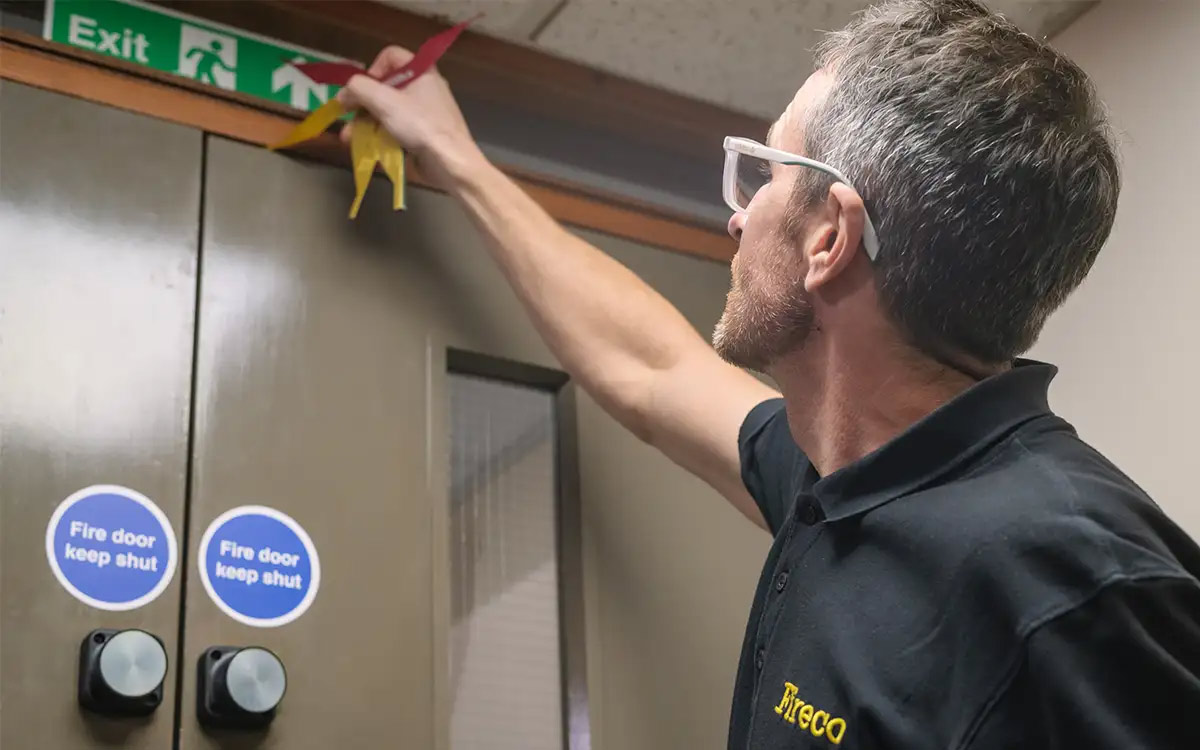
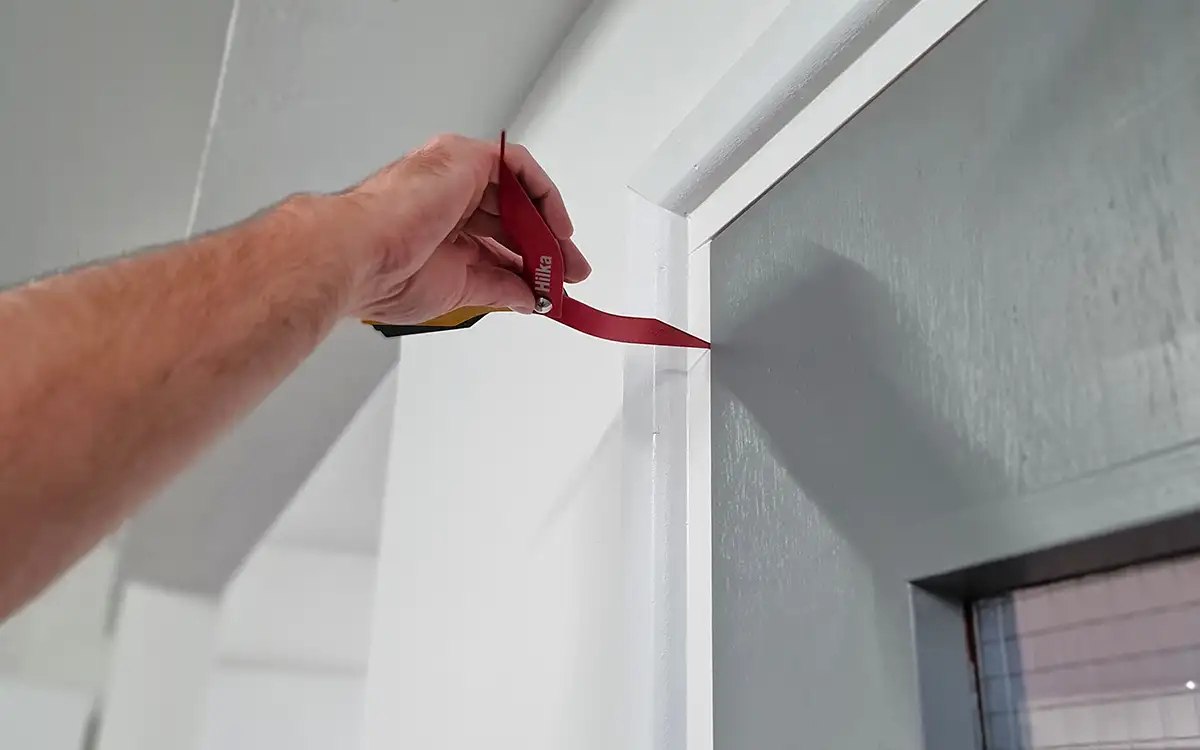
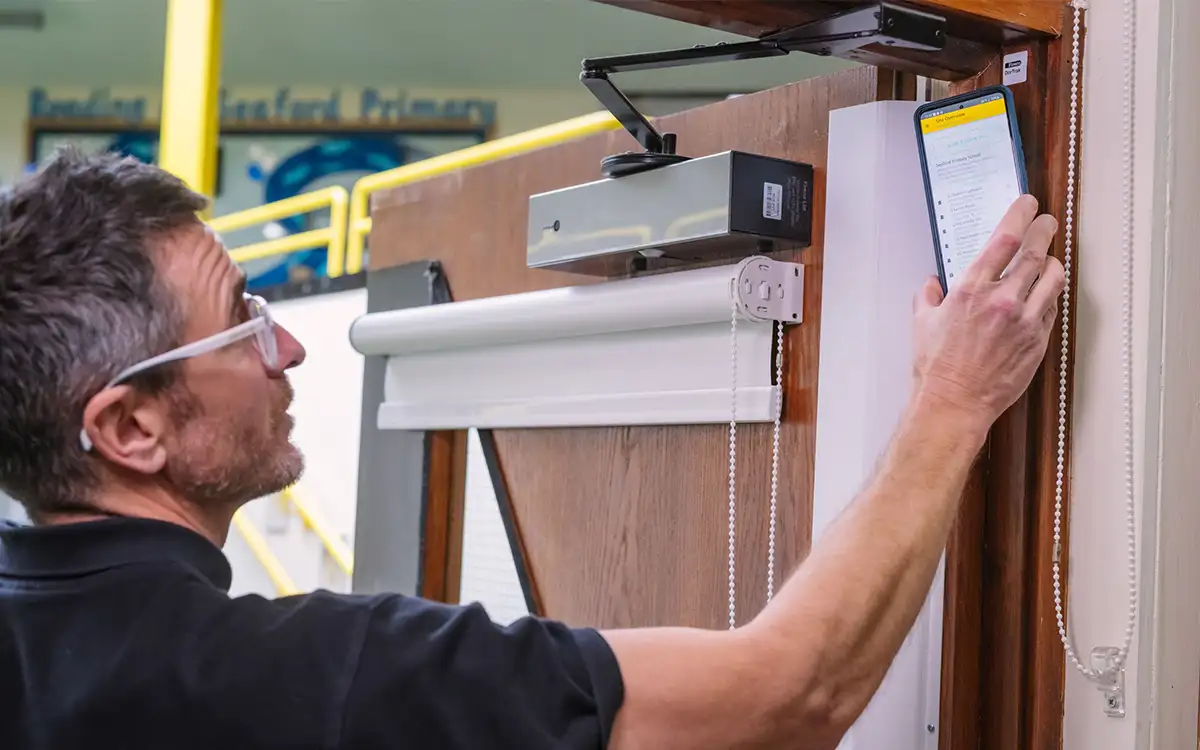
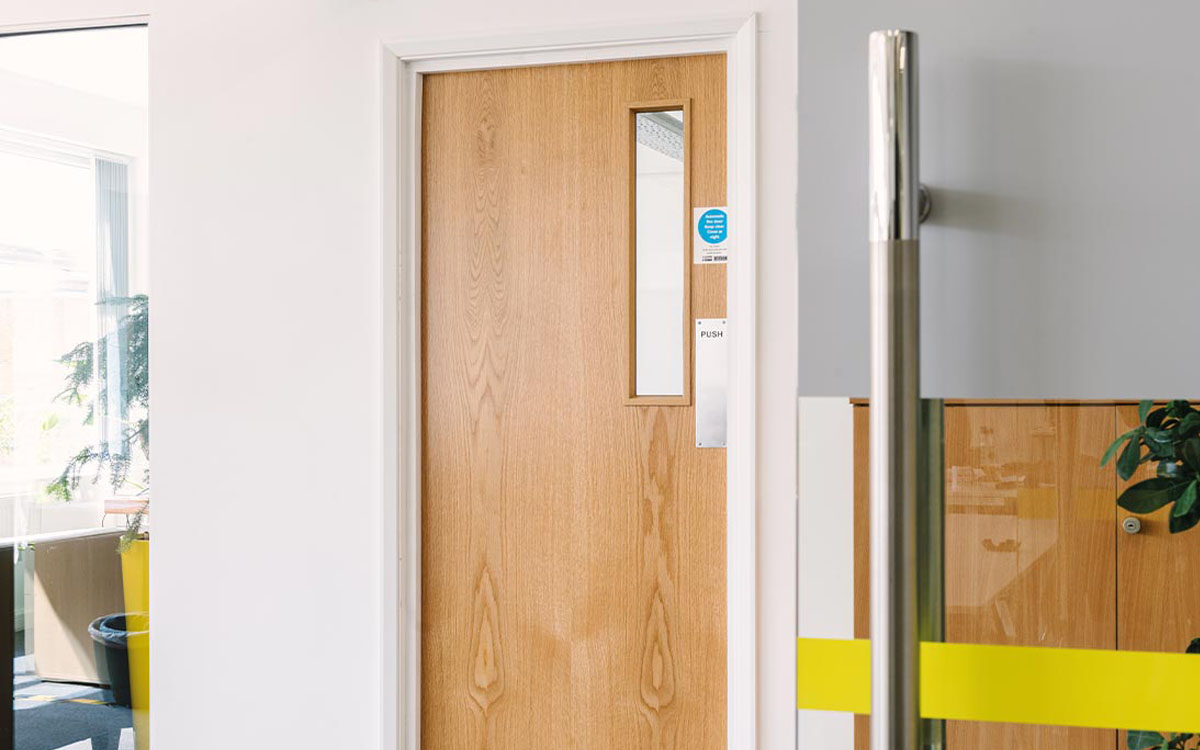

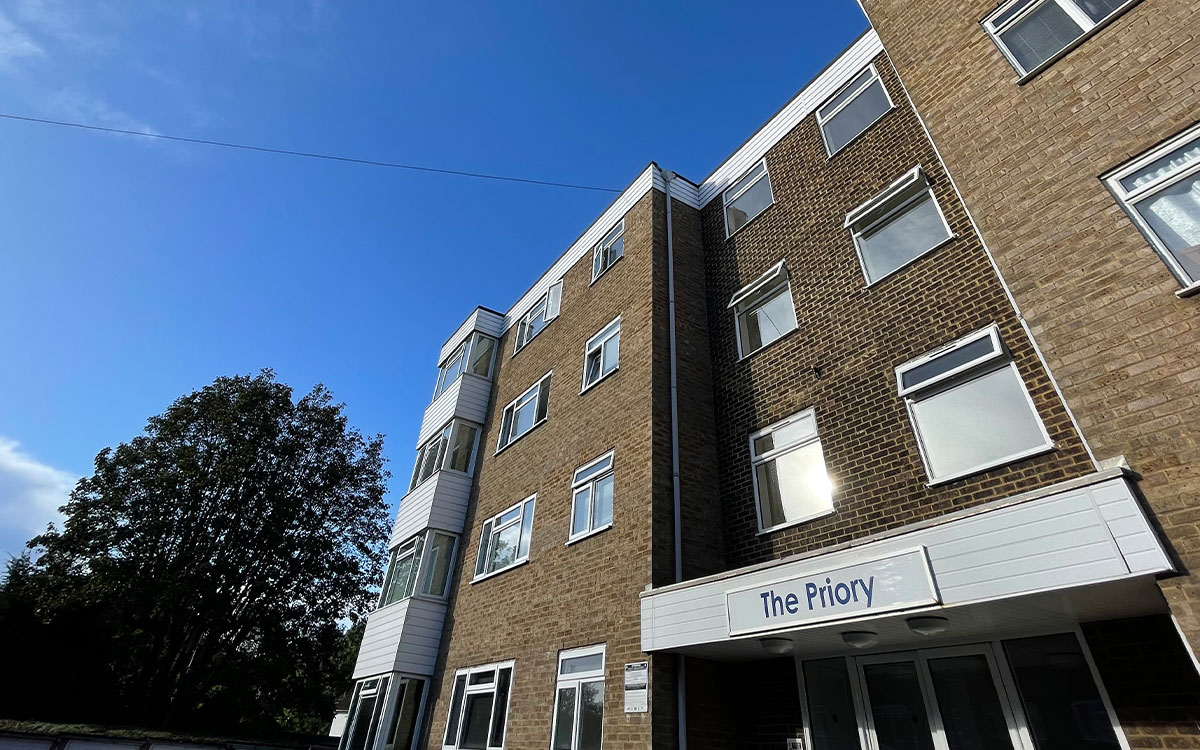




0 Comments